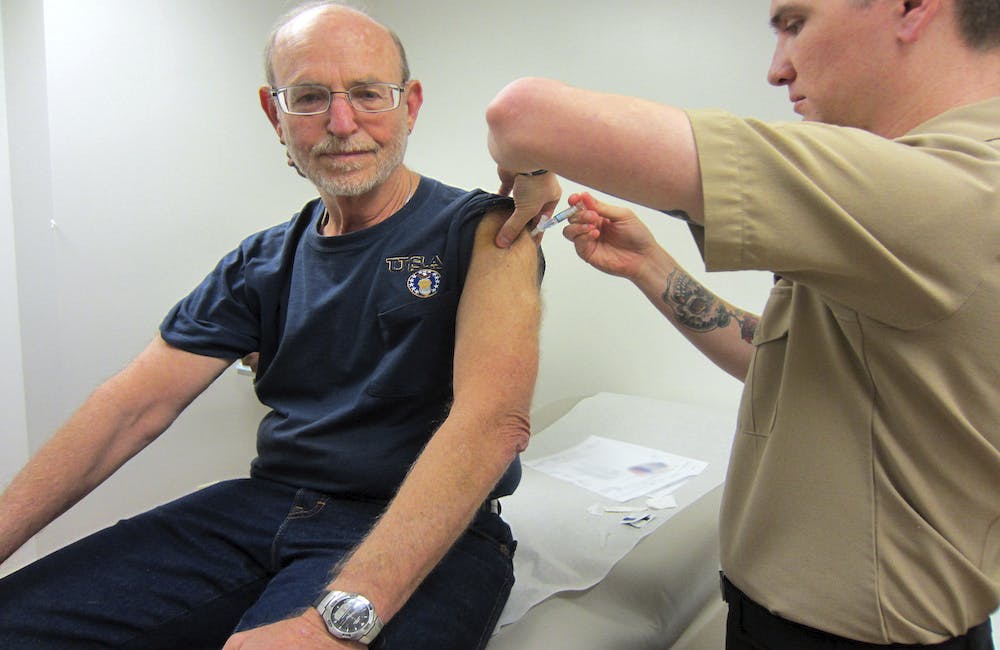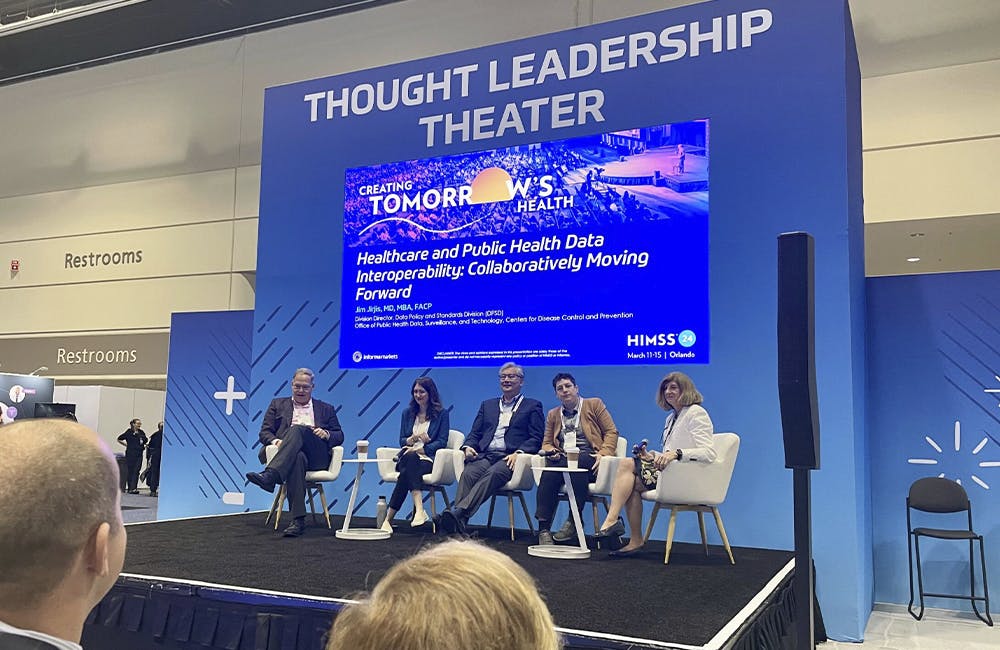Electronic health records have necessitated new opportunities for data exchange to provide clinicians with better information access and patients with more consistent medical care. EHR implementation is not a simple one-size-fits-all affair, and different agencies are exploring the technologies and strategies that best suit their needs on the road to achieving greater interoperability.
This is no different for the Centers for Medicare and Medicaid Services.
“We’re a group that’s really passionate about data exchange because we honestly believe that if you have the right data at the right time, you can improve or address a lot of the challenges that we have in health care today,” CMS Deputy Chief Health Informatics Officer Alexandra Mugge said during GovernmentCIO Media & Research’s EHR Summit.
The Department of Veterans Affairs has been undergoing a large EHR effort to deploy its new common record for interoperability with the Defense Department. The single EHR instance for all veterans and service members has also introduced greater interoperability in its community care programs.
“The raison d’être is to enhance information sharing between the Department of Defense and Department of Veterans Affairs,” Dr. Paul Tibbits, executive director of the VA’s Office of Technical Integration, said during the summit. “The second core aspect of it for us in the VA is the standardization of health care processes and practices throughout the Veteran’s Health Administration. So, to standardize the approaches to medical quality assurance, drug-drug interaction checking, and all those quality aspects of health care delivery for which there’s been a fair amount of latitude for local decision-making in the department up to now.”
Although each health care agency is working on health data interoperability in some way, they’re taking different approaches to it. CMS can’t implement a single instance like the DOD and VA. Instead, it is turning to data standardization strategies to expand opportunities for information exchange across different platforms.
“We can’t get to a single instance, but can we get to a single standard or a common approach that will allow for data exchange to be more easily facilitated both within Medicare ‘fee for service’ and our own operations and also in the programs that we regulate,” Mugge said.
Mugge said CMS is looking at streamlining EHR usability through the Fast Healthcare Interoperability Resources (FHIR) standard, an application programming interface (API) for exchanging EHR data.
“We like the use of the FHIR standard because it’s made up of very flexible resources that can be adapted to all the different use cases that we have in health care,” Mugge said. “For quality reporting, price transparency, even prior authorization, there are resources that support that in the FHIR standard. Those EHRs can be updated to use the standard and really streamline that data flow and the usability for the clinician.”
To promote consistent and widespread implementation, CMS has developed policies for the use of FHIR standards.
“We have published one final rule and one proposed rule, both of which were aimed at driving health care data exchange through the use of FHIR-based API,” Mugge said. “We believe that this is part of what will make interoperability a reality in the future.”
Mugge’s team is taking a multi-pronged approach to improve interoperability and also collaborates with industry partners to promote advancements in EHRs.
“We don’t just look at this from a policy perspective,” Mugge said. “We also are looking at this from an innovation perspective. My team also supports several different industry-led organizations known as FHIR accelerators who help to develop implementation guides for various use cases using the FHIR standard.”
According to Tibbits, VA has also been analyzing what strategies are most effective for EHR implementation so that it can strengthen its own processes. It’s reviewing data from different implementation sites in addition to exploring simulated EHR curriculum at its SimLEARN center in Orlando, Florida.
Tibbits believes that developing best practices for change management is the key to successfully integrating new EHR technologies.
“It’s a very different approach than a greenfield where we’re installing an electronic health record where there was none before,” he said. “That’s not our challenge — it’s to migrate people from a previous electronic health record to a new one, and that’s a very different undertaking. … Getting health care professionals of any sort to understand the new way of doing whatever they used to do — admit a patient, discharge a patient, order a Band-Aid, whatever it happens to be — compared to the old way of doing it is the name of the game.”









